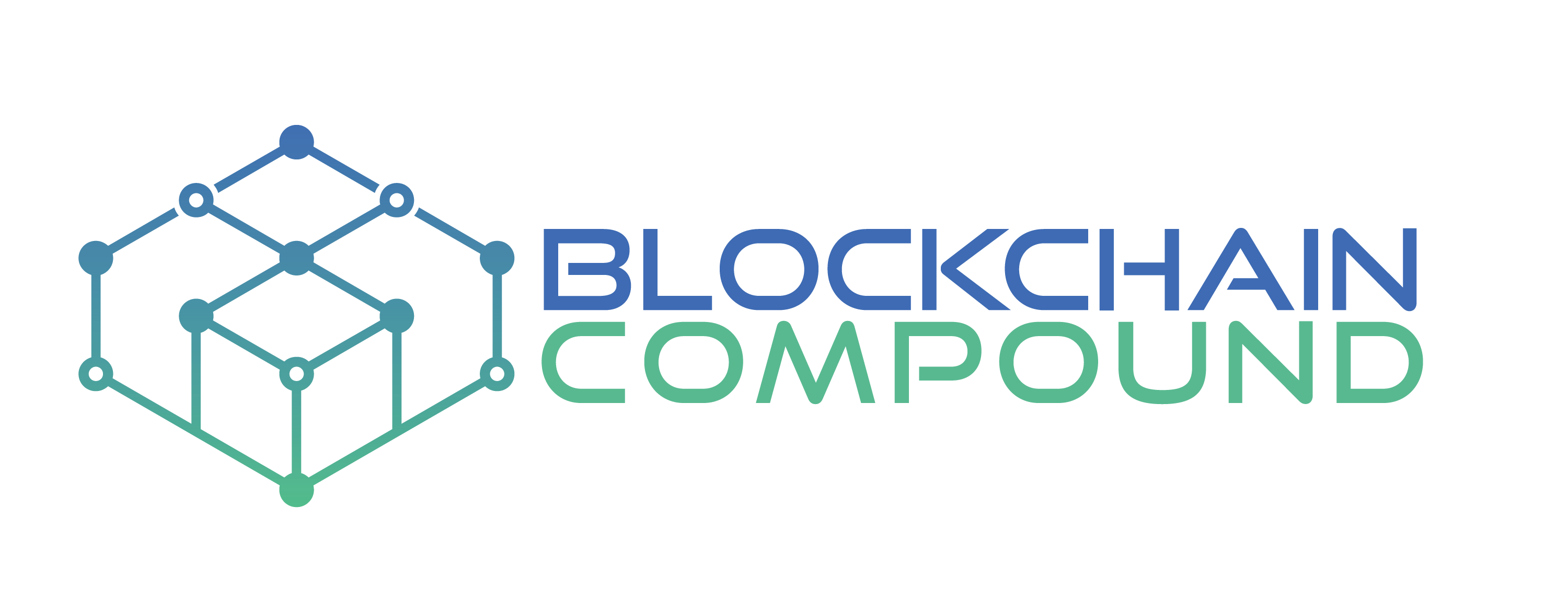
Stablecoin Yield Farming: The Future of Passive Income?
The Benefits and Risks of Stablecoin Yield Farming: What You Need to Know
Stablecoin yield farming has become a hot topic in the cryptocurrency community in recent years, thanks to its potential to generate high returns with relatively low risk. In essence, stablecoin yield farming involves lending out stablecoins (cryptocurrencies pegged to the value of a fiat currency, such as the US dollar) to decentralized finance (DeFi) platforms in exchange for interest payments.
While the concept of lending and borrowing is nothing new in traditional finance, the emergence of DeFi has made it possible to earn yields on stablecoins that far exceed those offered by traditional savings accounts. As a result, many cryptocurrency enthusiasts are turning to stablecoin yield farming as a way to grow their wealth and earn passive income.
However, like any investment, stablecoin yield farming comes with its own set of risks, including smart contract risks, liquidity risks, and platform hacks. Therefore, it’s important to understand both the benefits and risks of stablecoin yield farming before getting involved.
In this article, we’ll explore the benefits and risks of stablecoin yield farming in more detail, as well as some strategies for mitigating those risks. By the end, you’ll have a better understanding of what stablecoin yield farming is, and whether or not it’s right for you.
6 Benefits of Stablecoin Yield Farming.
Stablecoin yield farming has become an increasingly popular way for investors to earn high yields on their crypto investments. Here are six of the key benefits of stablecoin yield farming:
High Yields: Stablecoin yield farming platforms typically offer much higher yields than traditional savings accounts. While yields can fluctuate, it’s not uncommon to earn upwards of 10-20% annualized returns on stablecoin investments, compared to the paltry interest rates offered by banks.
Low Volatility: Stablecoins are designed to maintain a stable value relative to a fiat currency, such as the US dollar. This means that stablecoin investments are generally less volatile than other cryptocurrencies, such as Bitcoin or Ethereum. As a result, stablecoin yield farming can provide investors with a relatively stable source of passive income.
Diversification: By investing in multiple stablecoin yield farming platforms, investors can diversify their crypto portfolios and reduce their exposure to any one platform or asset. This can help mitigate some of the risks associated with stablecoin yield farming, such as smart contract risks or platform hacks.
Reduced Transaction Fees: When compared to other cryptocurrency investments, stablecoin transactions generally come with lower fees. This can help investors maximize their returns by minimizing transaction costs.
Faster Settlement Times: Traditional investments such as stocks or real estate can take days or even weeks to settle. In contrast, stablecoin transactions can settle almost instantly, allowing investors to quickly reinvest their earnings and compound their returns.
Accessibility: Stablecoin yield farming platforms are generally open to anyone with a cryptocurrency wallet and an internet connection. This makes it easy for anyone to get started with stablecoin yield farming, regardless of their location or financial status.
The Risks of Stablecoin Yield Farming
Stablecoin yield farming can provide high yields and other benefits, but it’s important to understand the potential risks and take steps to mitigate them. By doing so, investors can make informed decisions about whether or not stablecoin yield farming is right for them.
- Smart Contract Risks: Stablecoin yield farming platforms are typically built on top of smart contract technology, which is essentially self-executing code. While smart contracts can automate many aspects of the lending and borrowing process, they are not immune to bugs or vulnerabilities. If a smart contract is flawed or maliciously designed, it can result in significant financial losses for investors.
- Liquidity Risks: Stablecoin yield farming platforms rely on a steady supply of liquidity in order to operate. If there is a sudden influx of withdrawals, or if market conditions change rapidly, the platform may not be able to meet all withdrawal requests. This can result in investors being unable to access their funds, or receiving less than they expected.
- Platform Hacks: Like any cryptocurrency platform, stablecoin yield farming platforms are vulnerable to hacking attacks. If a platform is hacked, funds can be stolen or lost, and investors may be left with nothing.
- Peg Risk: Stablecoins are designed to maintain a stable value relative to a fiat currency, but this peg is not always guaranteed. If a stablecoin loses its peg, its value can fluctuate rapidly, which can result in significant losses for investors.
- Interest Rate Risk: Stablecoin yield farming returns are typically tied to interest rates set by the platform. If interest rates drop, returns will also drop, which can affect the profitability of stablecoin yield farming investments.
What can investors do about these risks?
To mitigate these risks, investors should take several steps, including:
Diversification: Investing in multiple stablecoin yield farming platforms can help mitigate the risk of any one platform failing or suffering a hack.
Research: Before investing in a stablecoin yield farming platform, investors should do their research to ensure the platform is reputable, well-audited, and has a track record of providing reliable returns.
Risk Assessment: Investors should carefully assess their risk tolerance and investment goals before getting involved in stablecoin yield farming.
Monitor Investments: Investors should regularly monitor their stablecoin yield farming investments and be prepared to make adjustments if market conditions change or new risks emerge.
Final Thoughts
Stablecoin yield farming has emerged as a popular way for investors to earn high yields on their crypto investments. As we’ve seen, there are several benefits to stablecoin yield farming, including high yields, low volatility, diversification, reduced transaction fees, faster settlement times, and accessibility. However, there are also several risks associated with stablecoin yield farming, including smart contract risks, liquidity risks, platform hacks, peg risks, and interest rate risks.
To mitigate these risks, investors should take steps such as diversification, research, risk assessment, and regular monitoring of their investments. It’s also important to keep in mind that the stablecoin yield farming industry is still relatively new and evolving, and there may be new risks and challenges that emerge over time.
Looking ahead, it’s clear that stablecoin yield farming is likely to continue to play a significant role in the crypto investment landscape. As more investors seek high yields and low volatility, stablecoin yield farming platforms are likely to continue to attract interest and investment. However, it’s important for investors to remain vigilant, stay informed, and carefully assess the risks and benefits of stablecoin yield farming before getting involved. By doing so, investors can make informed decisions and maximize their chances of success in this exciting and rapidly evolving industry.
VIDEO: Stablecoin Staking Strategies
So many YouTube influencers out there creating content daily about the crypto space in general. Thor is a creative young man that focuses a lot on yield farming and shares his experiences on doing so. This is a video he posted a few months ago during the crypto bear market. He goes over how Defi Earns him $2500 Every Single Month In A Bear Market with his Stablecoin Staking Strategies
